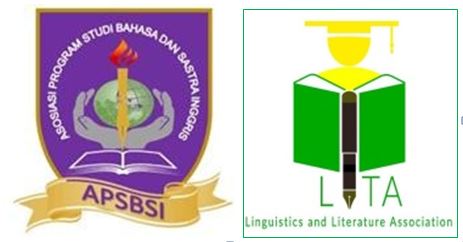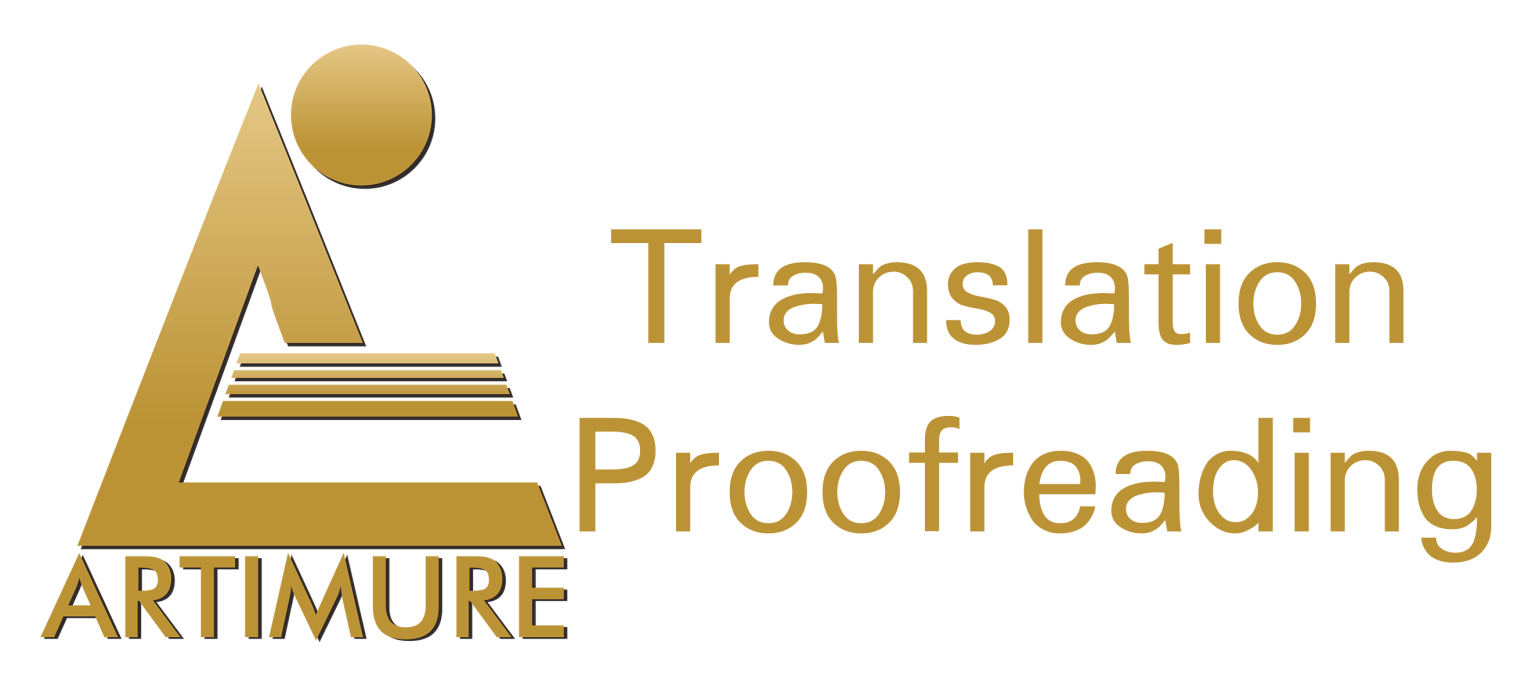Exploring Quantity and Diversity of Informal Digital Learning of English (IDLE): A Review of Selected Paper
DOI:
https://doi.org/10.31849/utamax.v1i1.2551Keywords:
English digital learning, IDLE Quantity and Diversisty, EFL learning outcomes.Abstract
This article reviews research on informal digital English (IDLE) learning that has increased in the field of English language teaching to other language speakers and computer-assisted language learning written by Ju Seong Lee (2019), entitled Quantity and Diversity of informal digital learning of English published by Language Learning & Technology. This present paper uses descriptive qualitative analysis in an attempt to understand how the quantity and diversity of IDLE can make a unique contribution to the English language outcomes of EFL learners from the researcher's perspective. Lee uses hierarchical linear regression analysis to show that IDLE Quantity, Age, and Major are significant predictors of two affective variables (Confidence and Pleasure), while IDLE Diversity and Major significantly predict productive language outcomes (Speaking and Productive Vocabulary Knowledge), score in the standard English Test (TOEIC), and one affective variable (Lack of Anxiety). This present article aims to review and discuss the findings on the strengths and the weaknesses found in Lee’s 2019 article. The article Lee made seems to possess a clear flow on how to explain these two types of education and make this article easy to understand. Therefore, the replication of Lee’s research is easy enough for similar research purposes.
References
Benson, P. (2011). Language learning and teaching beyond the classroom: An introduction to the field. Beyond the language classroom (pp. 7-16). Palgrave Macmillan, London.
Chik, A., & Ho, J. (2017). Learn a language for free: Recreational learning among adults. System, 69, 162-171.
Hamuddin, B. (2015). DISCOURSE ON MEDIA: Bringing Hot News into ELT's Classroom Discussion. Proceedings of ISELT FBS Universitas Negeri Padang, 3, 87-95.
Hamuddin, B. (2016). Using Content Analysis (CA) in Seeking the Opportunities for Alumni of the English Department in Newspapers. ELT-Lectura, 3(1). 1-5
Jensen, S. H. (2017). Gaming as an English language learning resource among young children in Denmark. Calico Journal, 34(1). 1-19
Lai, C., Zhu, W., & Gong, G. (2015). Understanding the quality of out‐of‐class English learning. TESOL Quarterly, 49(2), 278-308.
Lee, J. S. (2019). Informal digital learning of English and second language vocabulary outcomes: Can quantity conquer quality?. British Journal of Educational Technology, 50(2), 767-778.
Lee, J. S., & Dressman, M. (2018). When IDLE hands make an English workshop: Informal digital learning of English and language proficiency. Tesol Quarterly, 52(2), 435-445.
Olsson, E. (2012). "Everything I read on the Internet is in English". On the impact of extramural English on Swedish 16-year-old pupils’ writing proficiency.
Peters, L. (2009). Global education. Washington, DC: ISTE.
Richards, J. C. (2015). The changing face of language learning: Learning beyond the classroom. RELC Journal, 46(1), 5-22.
Rusman. (2013). Pembelajaran Berbasis Teknologi Informasi dan Komunikasi: Mengembangkan Profesionalitas Guru. Jakarta: PT. Raja Grafindo Persada.
Slavin, R. E. (2000). Educational Psychology: Theory and Practice. Sixth Edition. Boston: Allyn and Bacon.
Solomon, G., & Schrum, L. (2014). Web 2.0 how-to for educators. International society for technology in education. ISTE
Sundqvist, P. (2009). Extramural English matters: Out-of-school English and its impact on Swedish ninth graders' oral proficiency and vocabulary . Doctoral dissertation, Karlstad University).
Sundqvist, P., & Sylvén, L. K. (2014). Language-related computer use: Focus on young L2 English learners in Sweden. ReCALL, 26(1), 3-20.
Sundqvist, P., & Sylvén, L. K. (2016). Extramural English in teaching and learning. London: Palgrave Macmillan.
Sung, Y. T., Chang, K. E., & Liu, T. C. (2016). The effects of integrating mobile devices with teaching and learning on students' learning performance: A meta-analysis and research synthesis. Computers & Education, 94, 252-275.
Sung, Y. T., Chang, K. E., & Yang, J. M. (2015). How effective are mobile devices for language learning? A meta-analysis. Educational research review, 16, 68-84.
Sylvén, L. K., & Sundqvist, P. (2012). Gaming as extramural English L2 learning and L2 proficiency among young learners. ReCALL, 24(3), 302-321.
Sylven, P., & Sundqvist, L. K. (2016). Extramural English in teaching and learning. Springer
Timucin, M. (2006). Implementing CALL in an EFL context. ELT Journal, 60(3), 262-271.
Yamamoto, J. (Ed.). (2010). Technology Implementation and Teacher Education: Reflective Models: Reflective Models. IGI Global.










